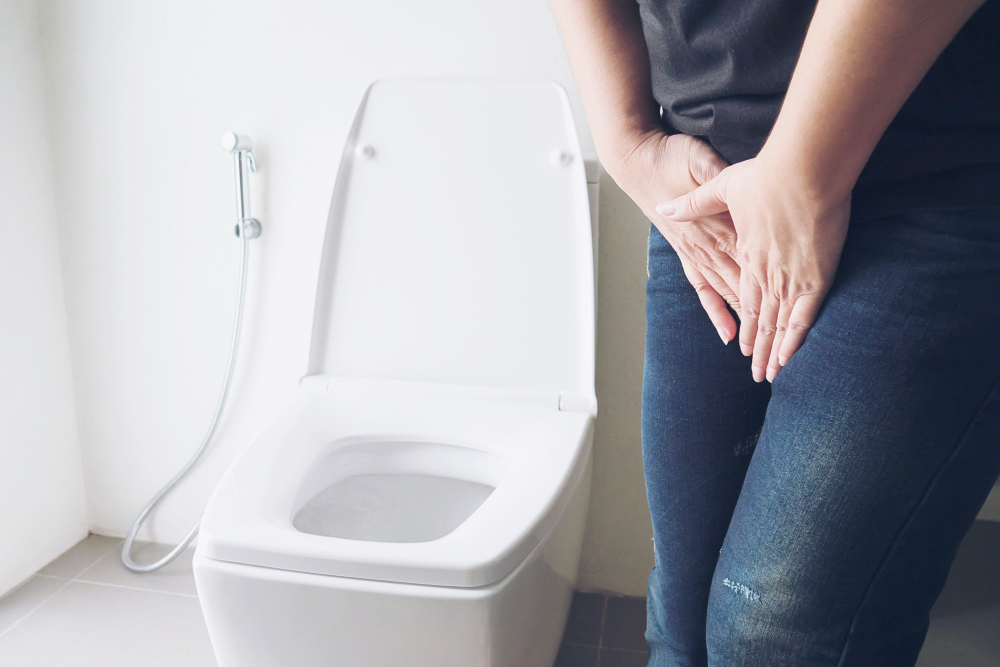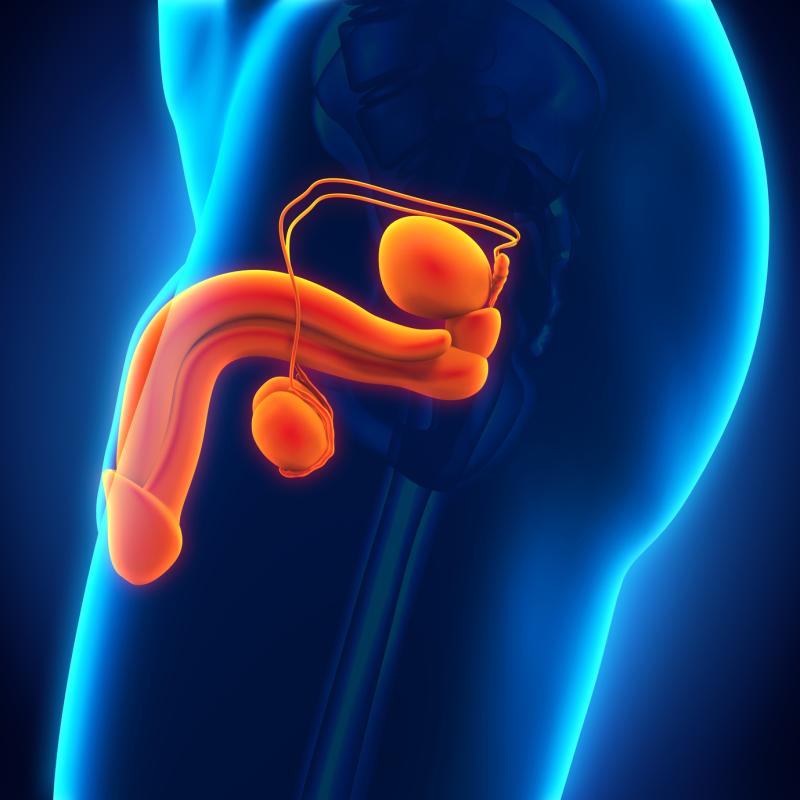Laparoscopic Sacrocolpopexy
It is an effective method used in the treatment of bladder prolapse. Laparoscopic sacrocolpopexyIt is used to prevent the tissues supporting the pelvic organs from sagging. As part of the operation, the bladder and other pelvic organs are placed in the correct position.
Who Does It Apply To?
Bladder prolapse is a condition that can develop with aging, childbirth and some genetic factors. Symptoms include urinary incontinence, pain and sexual dysfunction. When such problems are encountered, new generation methods are evaluated as a treatment option. Otherwise, individuals' quality of life is negatively affected.
As we age, pelvic floor muscles and tissues can weaken and lose flexibility. It may increase the risk of urological problems.
Vaginal birth, especially multiple or difficult births, can weaken the pelvic floor muscles. During menopause, the decrease in estrogen levels leads to weakening of the pelvic floor muscles and tissues. Therefore laparoscopic sacrocolpopexy operation is included in the treatment plan.
Obesity or excess weight can put extra pressure on the pelvic floor muscles. Therefore, it may cause urinary tract disorders over time. Prolonged cough or constipation can also cause extra pressure on the pelvic floor muscles. This may increase the risk of bladder prolapse.
People with a genetic predisposition due to family history may have a higher risk of being diagnosed. Constantly lifting heavy objects puts stress on the pelvic floor muscles. If there is no improvement as a result of medical applications, surgical intervention is the option.
You can regain your health in a short time thanks to the surgery performed using laparoscopic methods. If you notice symptoms of bladder prolapse, it is important to consult with a physician who specializes in urology.
How is Laparoscopic Sacrocolpopexy Performed?
The surgery is performed under general anesthesia and usually takes 2-3 hours. Laparoscopic sacrocolpopexyIt is a procedure in which a small camera and special instruments are inserted. This provides a less invasive option for the patient and often results in a faster recovery time.
The surgeon, who specializes in urology, creates an incision under the abdomen to correct the placement of the pelvic organs. Depending on the degree of prolapse, organs such as the uterus, bladder or rectum are kept in the correct position.
In this way, permanent recovery is achieved by providing additional support to the pelvic organs. It reduces the possibility of sagging reoccurring with robotic surgery and laparoscopic surgery. A decrease in patients' pain levels and length of hospital stay is observed.
What are its advantages?
Robotic surgery is an advanced technology that has been used in many different medical procedures in recent years. Thanks to new generation techniques in the treatment of bladder prolapse, the effectiveness of the procedures can be increased. Laparoscopic sacrocolpopexy Some advantages of surgery:
-
With the technology used in robotic surgery, the surgeon sees the operating field in three dimensions. It helps the physician to work precisely and distinguish complex structures in detail.
- It imitates the surgeon's hand movements with millimetric precision. It reduces the risk of damage to tissues and organs. Additionally, it eliminates the surgeon's natural hand tremor, allowing a more precise surgery to be performed.
- Robotic surgery and laparoscopic surgery are usually performed through smaller incisions than traditional methods. This ensures rapid recovery, short hospital stay and less post-operative pain.
- Minimal incisions and increased sensitivity generally result in low blood loss. This can speed up the patient's overall recovery.
- A less invasive procedure and increased surgical precision may reduce the risk of postoperative complications.
- With robotic surgery and laparoscopic surgery, patients generally have a shorter hospital stay during the recovery period.
How Long Does It Take for Patients to Heal?
Laparoscopic sacrocolpopexy Afterwards, patients usually stay in the hospital for a few days. Recovery time usually ranges from 2-6 weeks, but this depends on the person's overall health and the complexity of the surgery.
Just as every surgery has potential risks, the intervention method also has some risk factors. Infection, bleeding, anesthesia complications and rejection of the mesh by the body may be mentioned. You can contact our team for detailed information and questions about the treatment process and possible factors.






